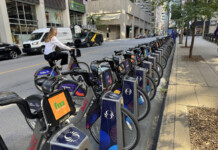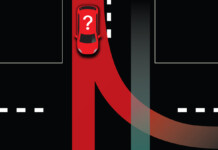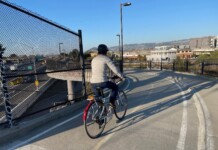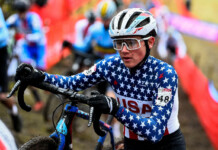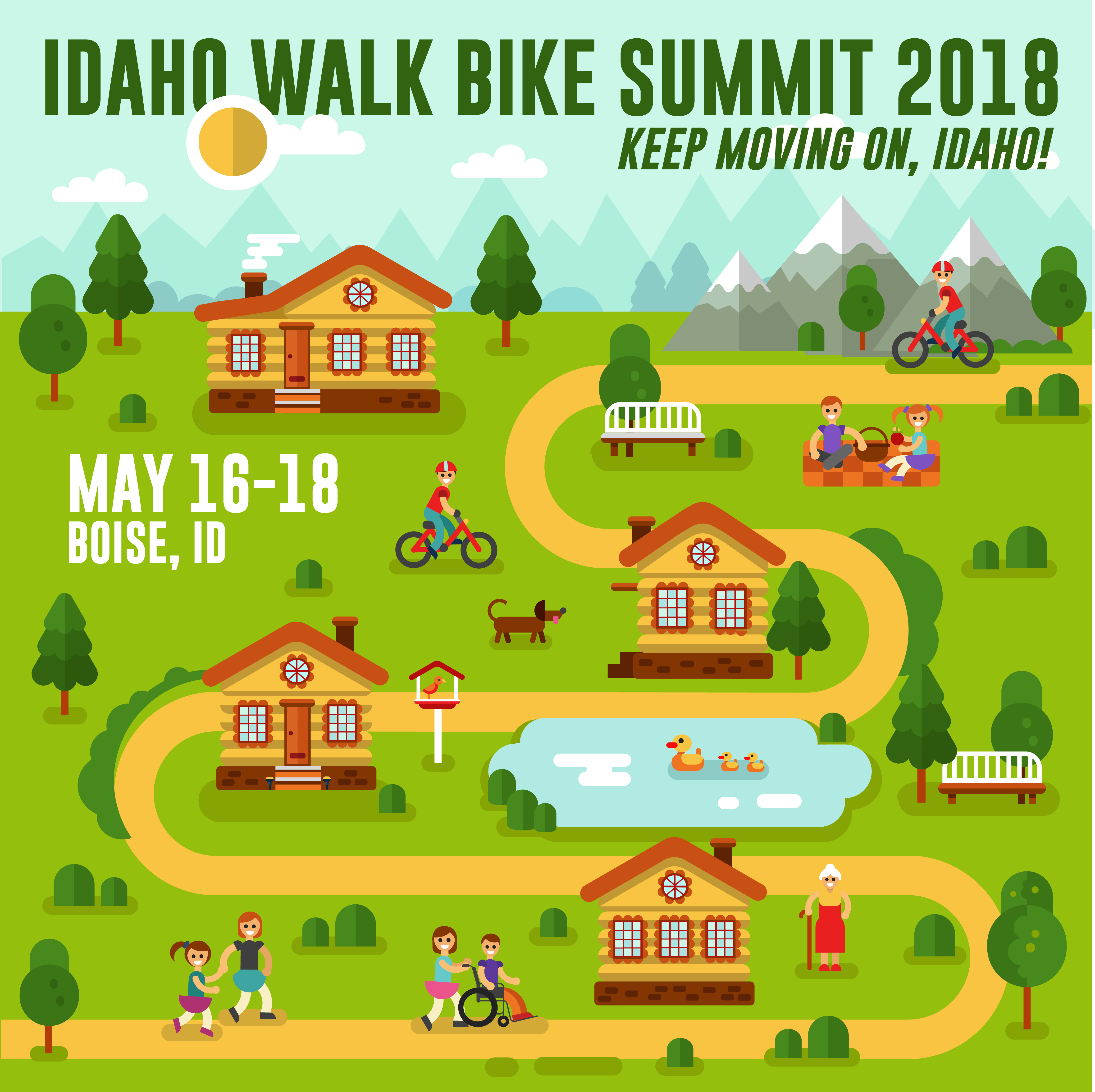Salt Lake City seeks public input on 2100 South travel needs
SALT LAKE CITY, Utah (July 13, 2022) — A key section of 2100 South in Sugar House will be reconstructed in 2024 and Salt Lake City is seeking public feedback to make sure it best serves all residents going forward.
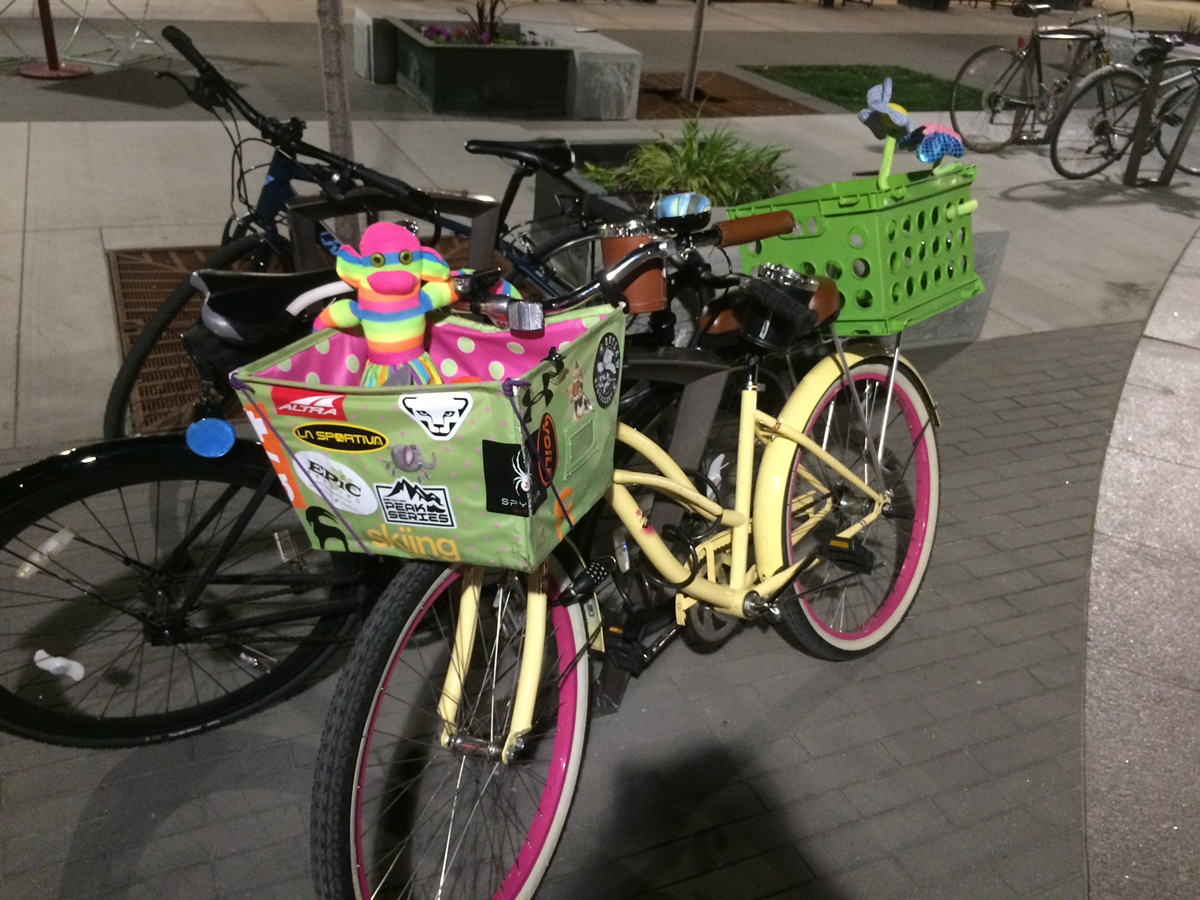
Tens of thousands of travelers take the key travel and transit route between 700 East and 1300 East each day. The public is invited to take a survey about how they use 2100 South and concerns they have about the road today, and their ideas for improvement. The survey is open through July 31.
“We have a lot of different types of road users traveling to and through the Sugar House area. We must think about the best use of space for the kind of travel options people want,” said Lynn Jacobs, Transportation Engineer. “We want to understand how the public is traveling and what other improvements might help us keep this road moving for cars while potentially adding more space for pedestrians, bike lanes, on-street parking, or other features.”
Salt Lake City’s Transportation Planning team has begun concept development for the project and is examining existing conditions, crash and safety data, traffic counts, and plans for future development. The City team is meeting with area businesses, the Sugar House Community Council, Chamber of Commerce, residents, property owners and pedestrians to understand first-hand issues and concerns.
The six-block stretch was identified as a major priority for reconstruction through a citywide study of every City-owned street in 2017. The reconstruction will be funded as part of the Funding Our Future Bond, which was approved by voters in 2018.
The results of the survey and other public input will help inform the City’s team as they work to develop a final concept with a goal of construction beginning in 2024. More information about the project is available at www.2100SouthSLC.org.
Our Analysis:
2100 S is one of the worst streets in Salt Lake City for bicyclists and it’s not much fun for pedestrians either. With the reconstruction slated to happen in 2024, there is hope that better biking awaits. Two of the three street design options include bike lanes.
Importantly, since the street is being reconstructed, it must have bikeways added by law per the Complete Streets Ordinance. The question is, what kind of bikeways? That Salt Lake City is including a status quo option in their survey, with no bike lanes continues to perpetuate Salt Lake City Transportation’s misunderstanding of the word ‘shall’ in the ordinance. This will no doubt lead to more problems down the road as some will think that not including bike lanes is an option.
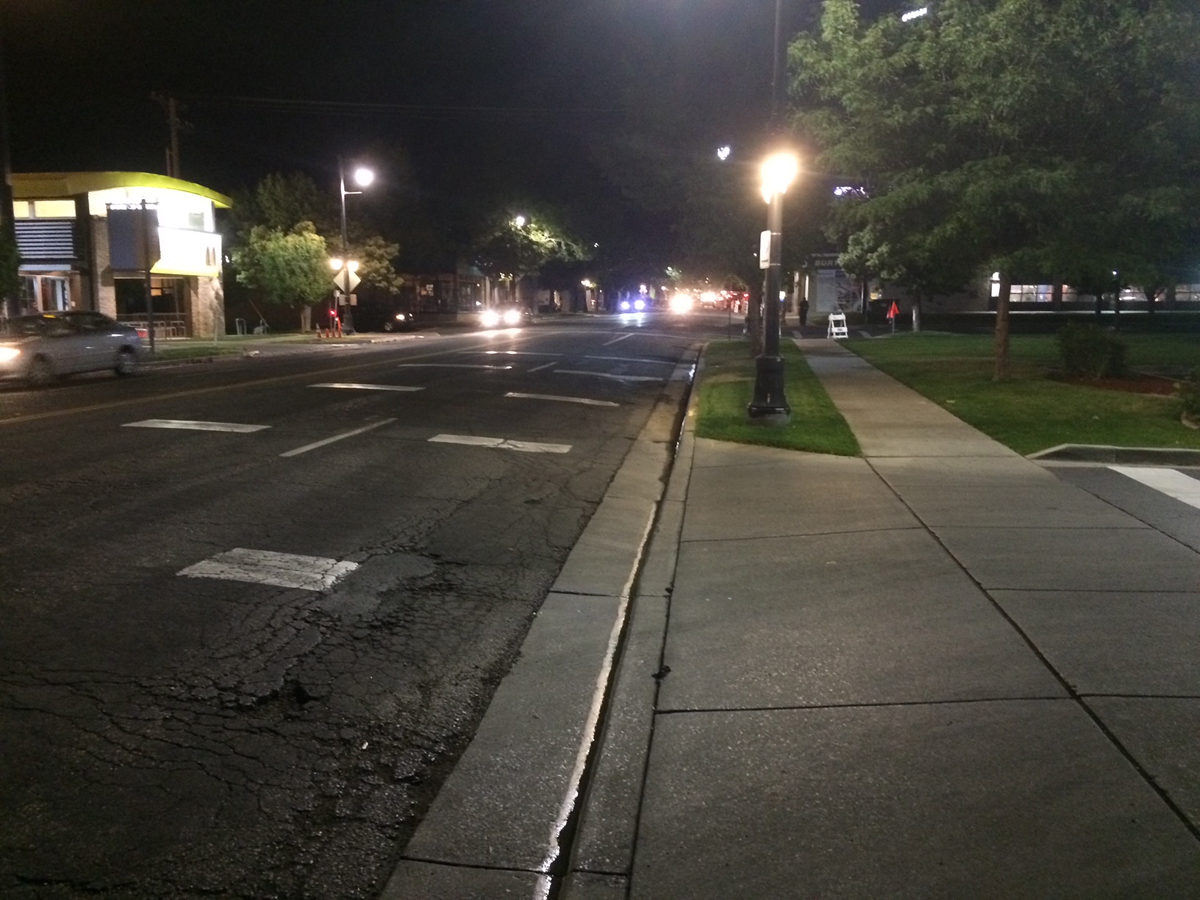
However, Salt Lake City truly misses the boat by not including protected curbside bike lanes as an option. This should be the default option as cities like New York, Ogden, and Berkeley, California move forward with progressive bike infrastructure. Salt Lake City has not had a new true protected bike lane built in over a decade.
Additionally, there is no option for a road diet (4 lanes to 3 conversion, including a center turn lane) plus protected bike lanes, and the removal of parking. This would be a reasonable approach to the street as well.
We took the survey, and our choice for the worst part of 2100 S is the intersection at Highland Drive. This is a terrifying place to ride and to walk, with cars traveling downhill at a high rate of speed, and cars that turn right without stopping even when the crosswalk light is on.
Salt Lake City has made some improvements on Highland, but south of this intersection, and getting to the S-Line trail on 1100 E/Highland is not safe.
What we’d like to see:
We would like to see protected curbside bike lanes from 700 E to 1300 E (the study area) with a lane of traffic removed and parking retained streetside of the bike lane. Our second choice would be the curbside protected bike lane and 2 lanes of traffic. Additionally, substantially improved pedestrian crossings are needed throughout (but not with bike unfriendly bulbouts). We relay that a friend of ours was hit in a crosswalk at 800 E and 2100 S, suffering severe injuries. Isn’t it time for road design in Salt Lake City to put people first?
For those who might argue that the S-Line trail is close by, so we don’t need to do anything on 2100 S except cater to cars, we counter with the idea that cars have I-80, 1700 S, and a plethora of other ways to travel east west.
Protected bike lanes would help businesses on 2100 S too. A Salt Lake City study showed that sales revenues increased on 300 S by 8.79% following the installation of the protected bike lane. Currently, that entire stretch of roadway is not friendly to retail, save for the Sugarhouse Plaza.
We’d also like to see Salt Lake City reverse its unsafe and regressive decision on 2100 S from 1700 E to 2300 E. Under Mayor Biskupski, Salt Lake City Transportation was set to create a road diet on this stretch until Councilperson Luke and other neighborhood activists fought against this claiming that it would send more traffic to the the neighborhoods. Mayor Biskupski overruled the road diet in a violation of the Complete Streets Ordinance. Shortly after that section of road was repaved, a teen was hit and had both legs broken. In 2020, there was a pedestrian fatality on this stretch, with neighbors putting out protest signs. Jon Larsen, SLC Transportation Director, stated to KUTV that there are no plans to improve this section of roadway, “Larsen says discussions about 2100 South as a whole have been happening since at least 2017. He says a more drastic measures that could help would be changing the traffic to one lane each direction, plus a turn lane. But there aren’t any plans for that at this time.” This is really unacceptable that there’s no corridor study or plans to make the entire stretch of 2100 S safer.
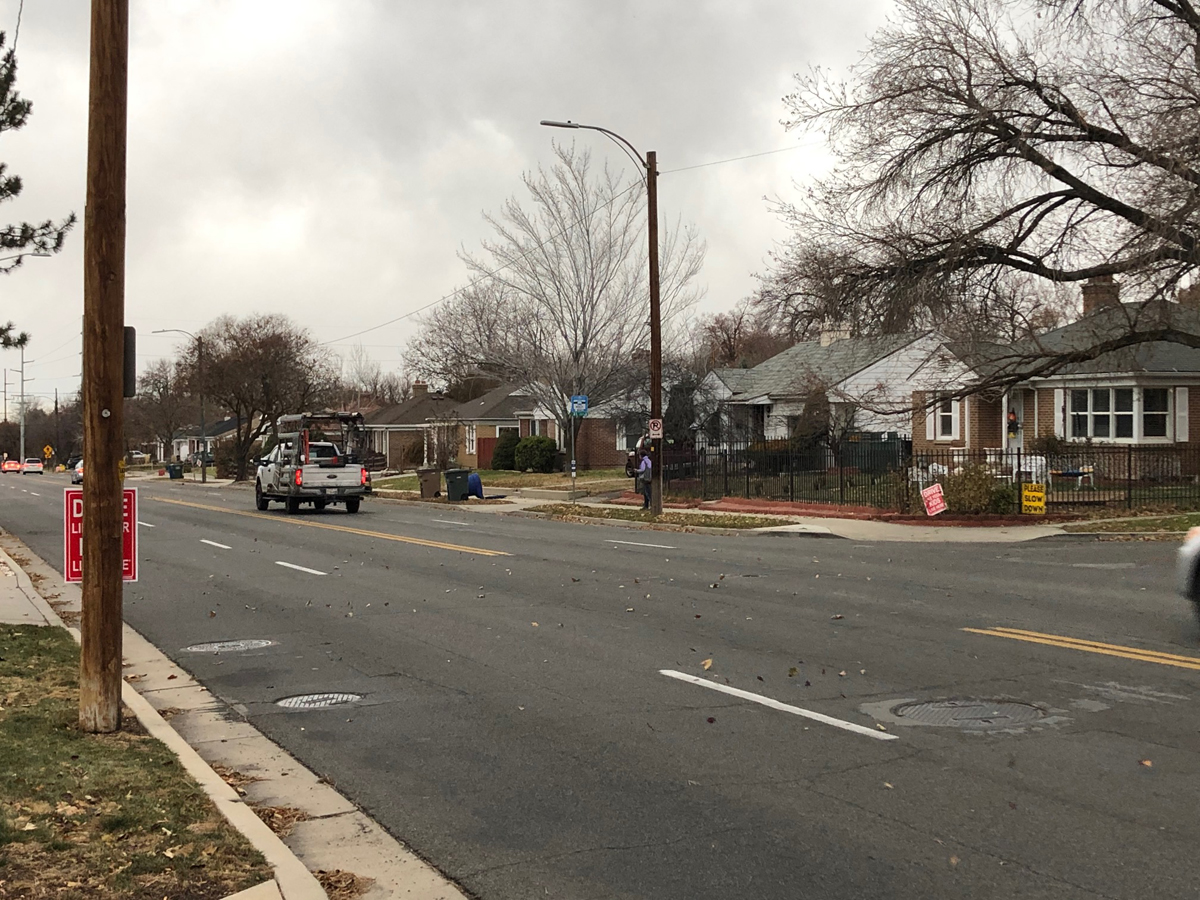
In our analysis in 2017, we stated, “2100 S should eventually be redesigned from Foothill to 300 West (and beyond) and this should include bike lanes. Bike lanes in this region between 1700 E and 2300 E are a key beginning of a more friendly Sugarhouse.” Mayor Biskupski also called for this, yet 5 years later, there is no comprehensive corridor plan.
This project should be part of a greater vision for 2100 S that includes immediately reversing the dangerous design choice from 1700 E to 2300 E, and then adding a road diet from 1300 E to 1700 E, as well as the redesign from 700 E to 1300 E.
In 2018, UDOT repaved their section of 2100 S from roughly W. Temple to I 15. They neglected to include any pedestrian or bicycle safety improvements. It’s unknown if there was any communication between Salt Lake City and UDOT, however this was still under the Biskupski administration and indicates that there was no corridor plan in place.
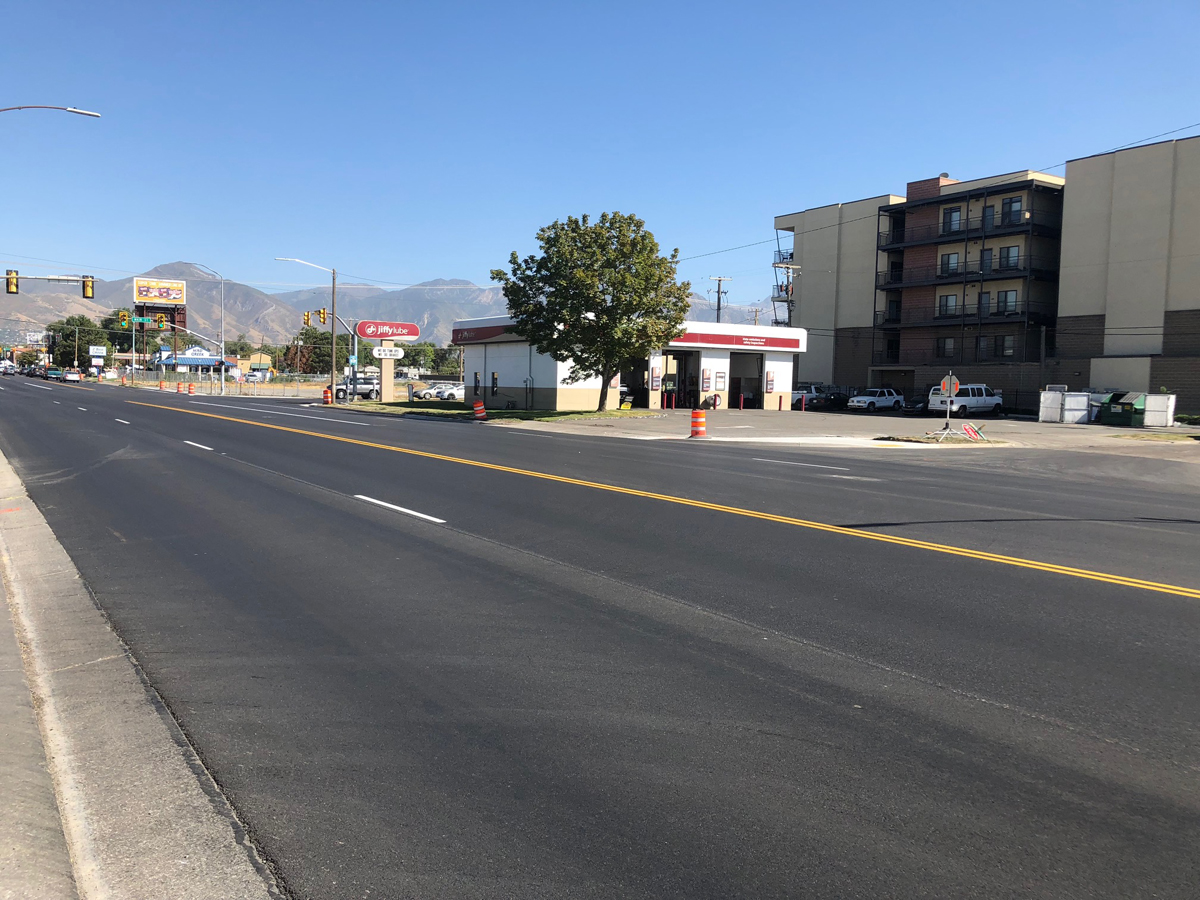
Lastly, Salt Lake City needs to remove the ban on skateboarders and roller bladers in Sugarhouse.
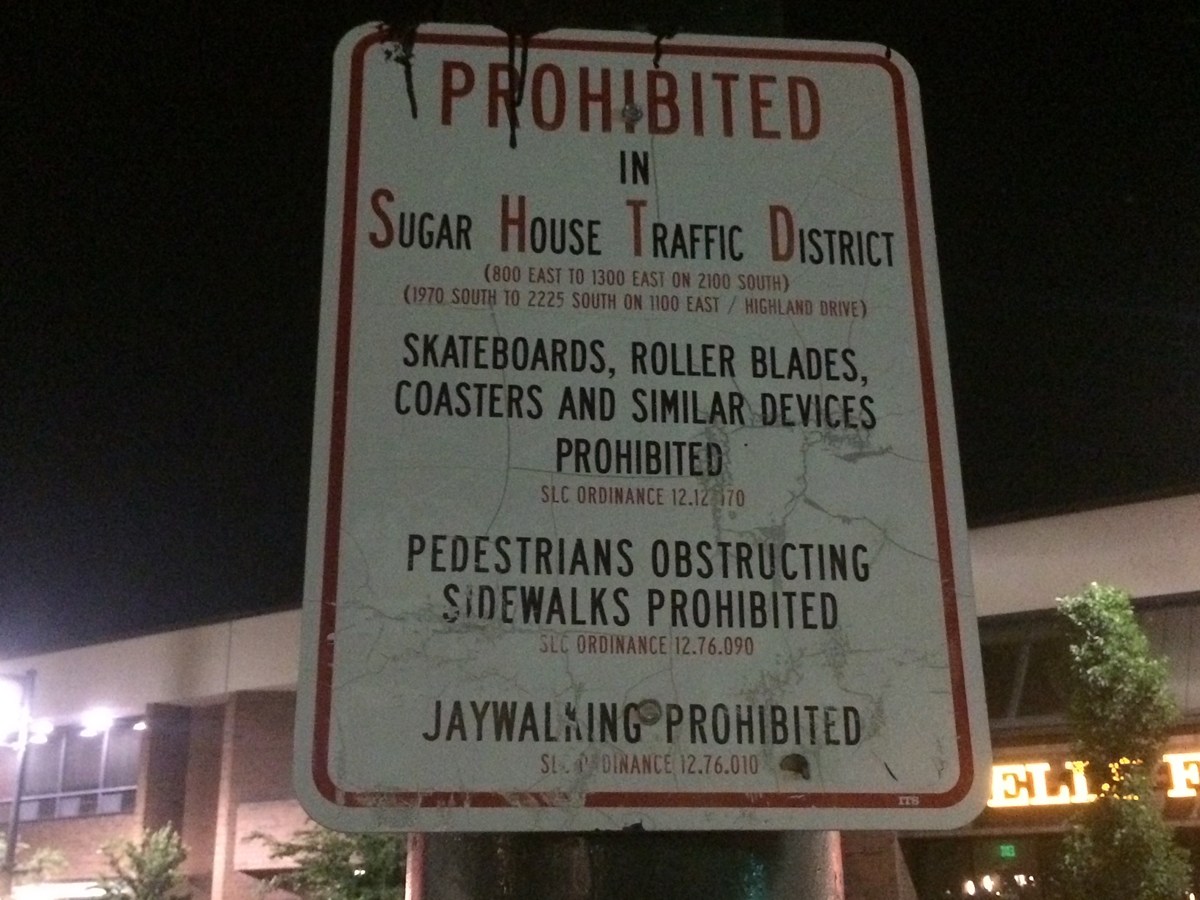
Call to action:
Take the survey.
And, send comments on the project to:

